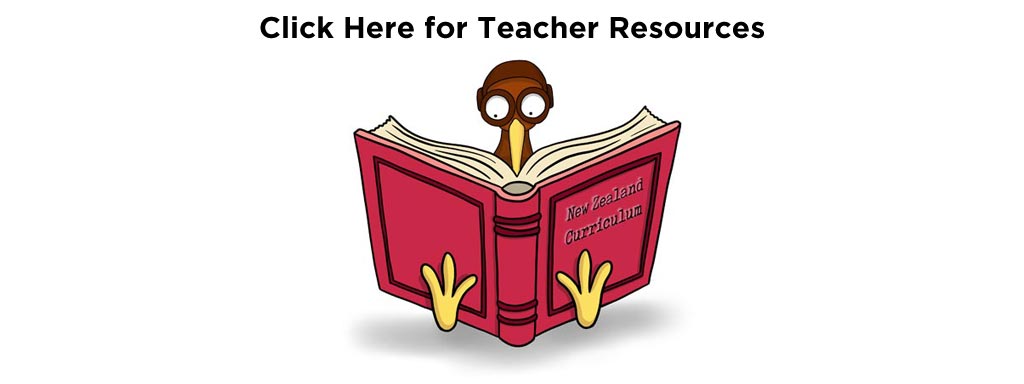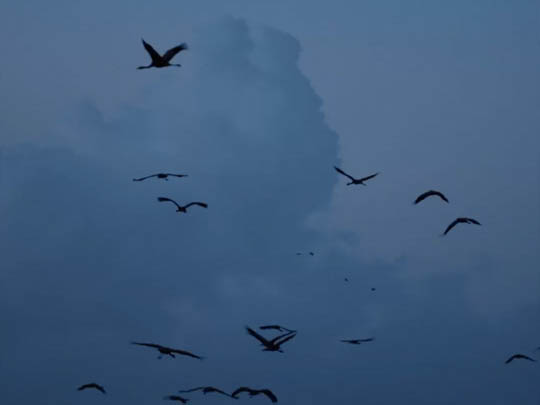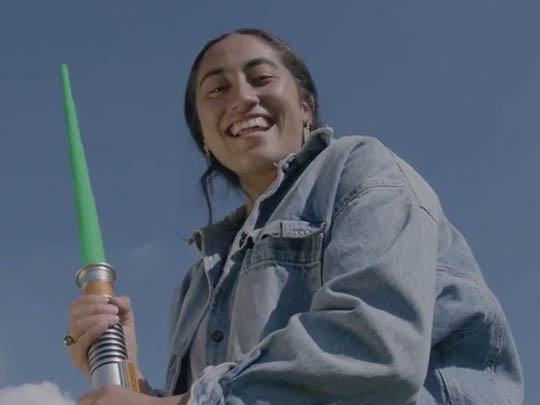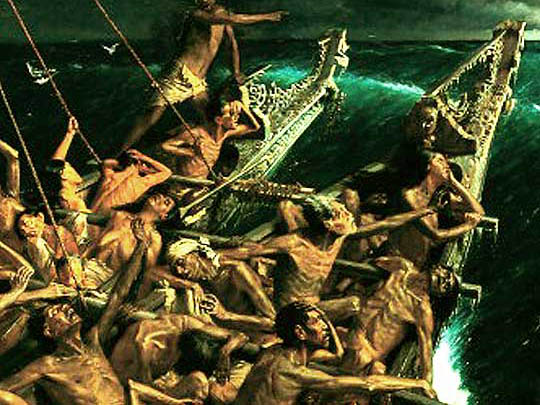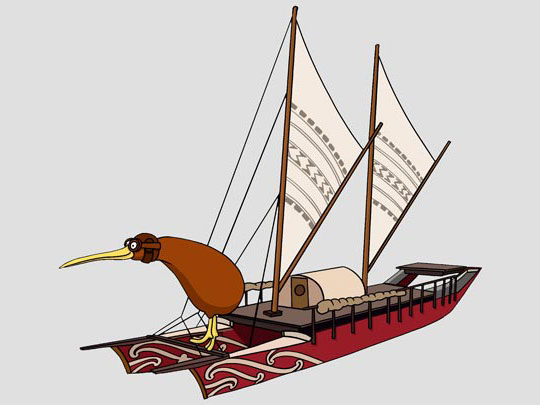Follow Your Nose
The beaks of some birds contain a small spot of a magnetised rock called magnetite. This may act as a tiny GPS unit, providing information about the position of the Earth's magnetic poles. We also have small amounts of magnetite in the bones of our noses. Do you think we use the earth's magnetic field to know which way we are headed? How could you test this theory?
